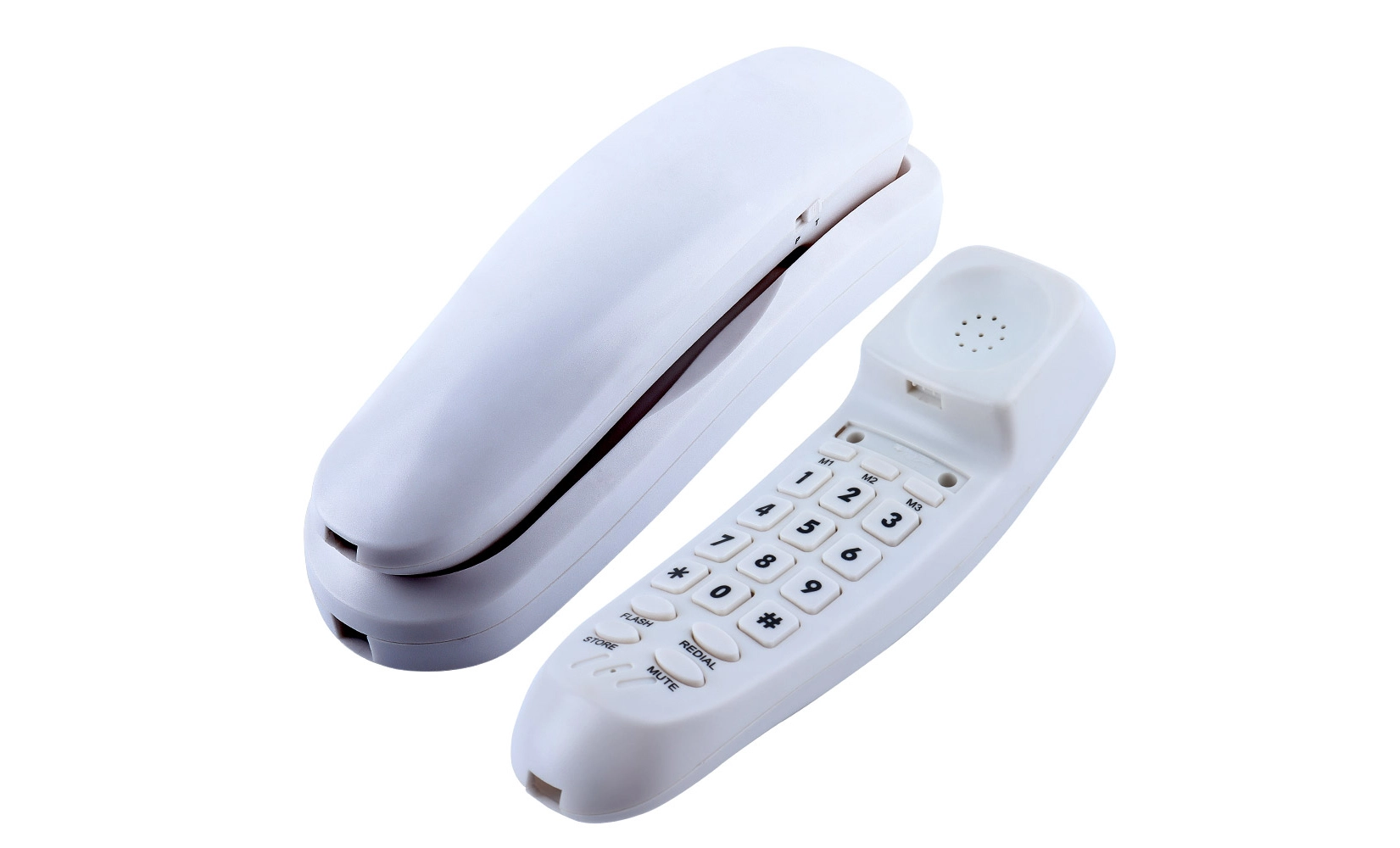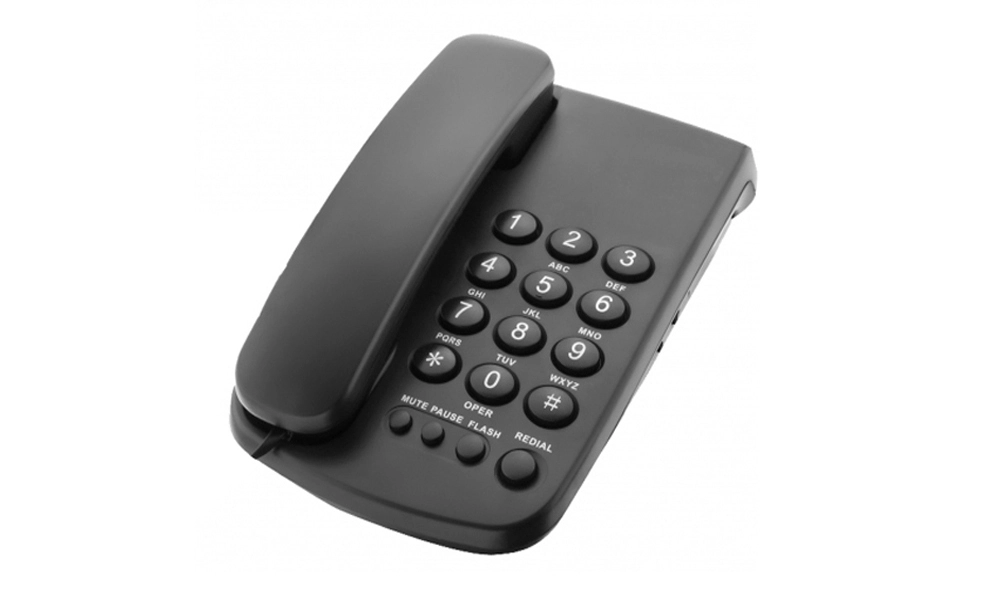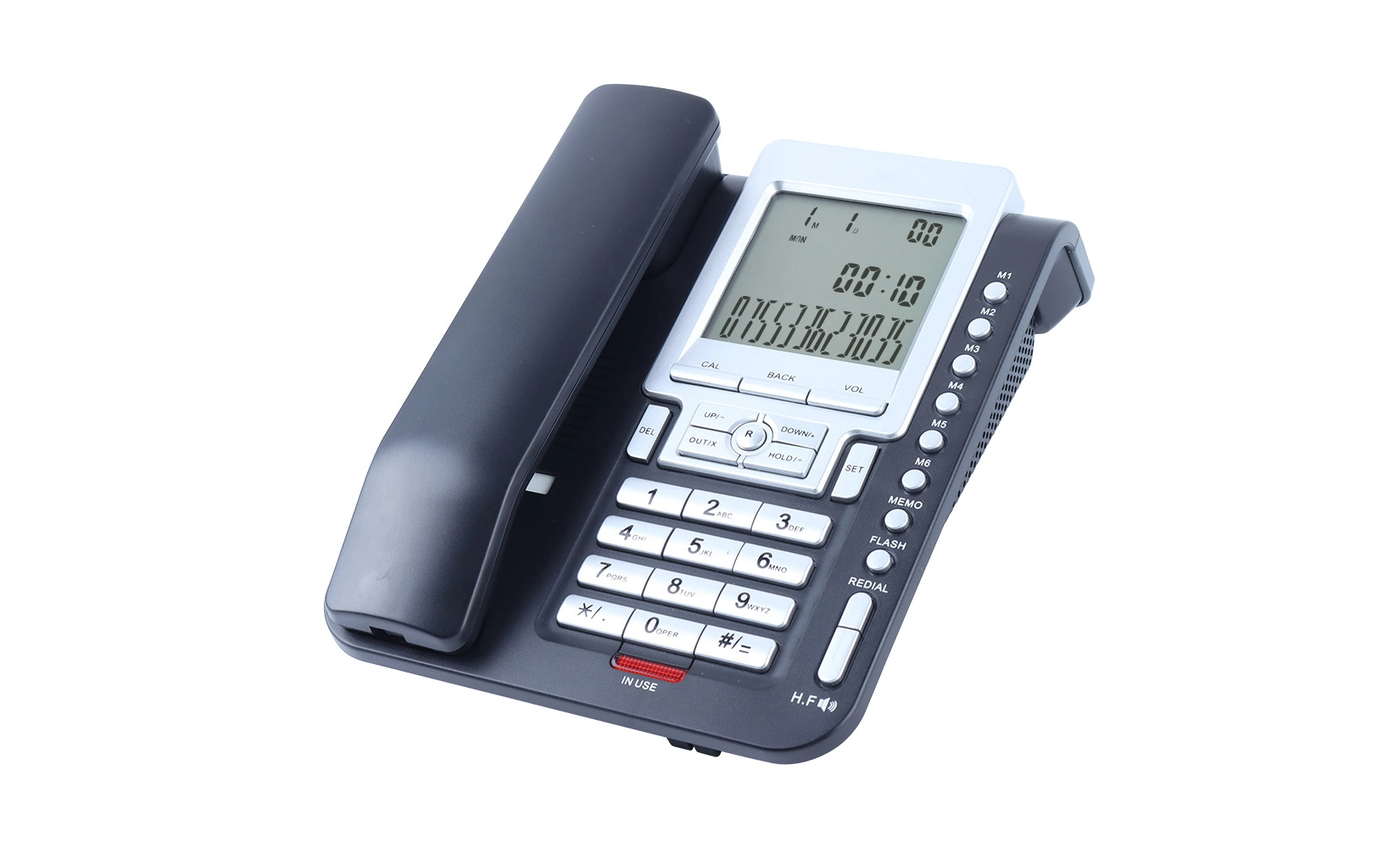Essential Features of Modern Wall Mount Telephones
Wall mount telephones have evolved significantly over the years, incorporating advanced features to meet the demands of today's fast-paced business environment. When choosing a wall mount telephone for your office, it's crucial to consider several key features that can enhance communication efficiency and user experience.
Crystal-Clear Audio Quality
One of the most critical aspects of any telephone system is audio quality. Modern wall mount telephones should offer crystal-clear sound, ensuring that conversations are intelligible and professional. Look for models with wideband audio technology, which provides a broader frequency range for more natural-sounding voices. Some advanced wall mount telephones also incorporate acoustic echo cancellation and background noise reduction, further improving call clarity in busy office environments.
Durability and Longevity
Office equipment needs to withstand frequent use, and wall mount telephones are no exception. Opt for models constructed with high-quality materials that can resist wear and tear. Impact-resistant casings and scratch-resistant screens are valuable features that can extend the lifespan of your wall mount telephones. Additionally, consider telephones with spill-resistant keypads, which can protect against accidental liquid damage in office settings.
Programmable Buttons and Speed Dial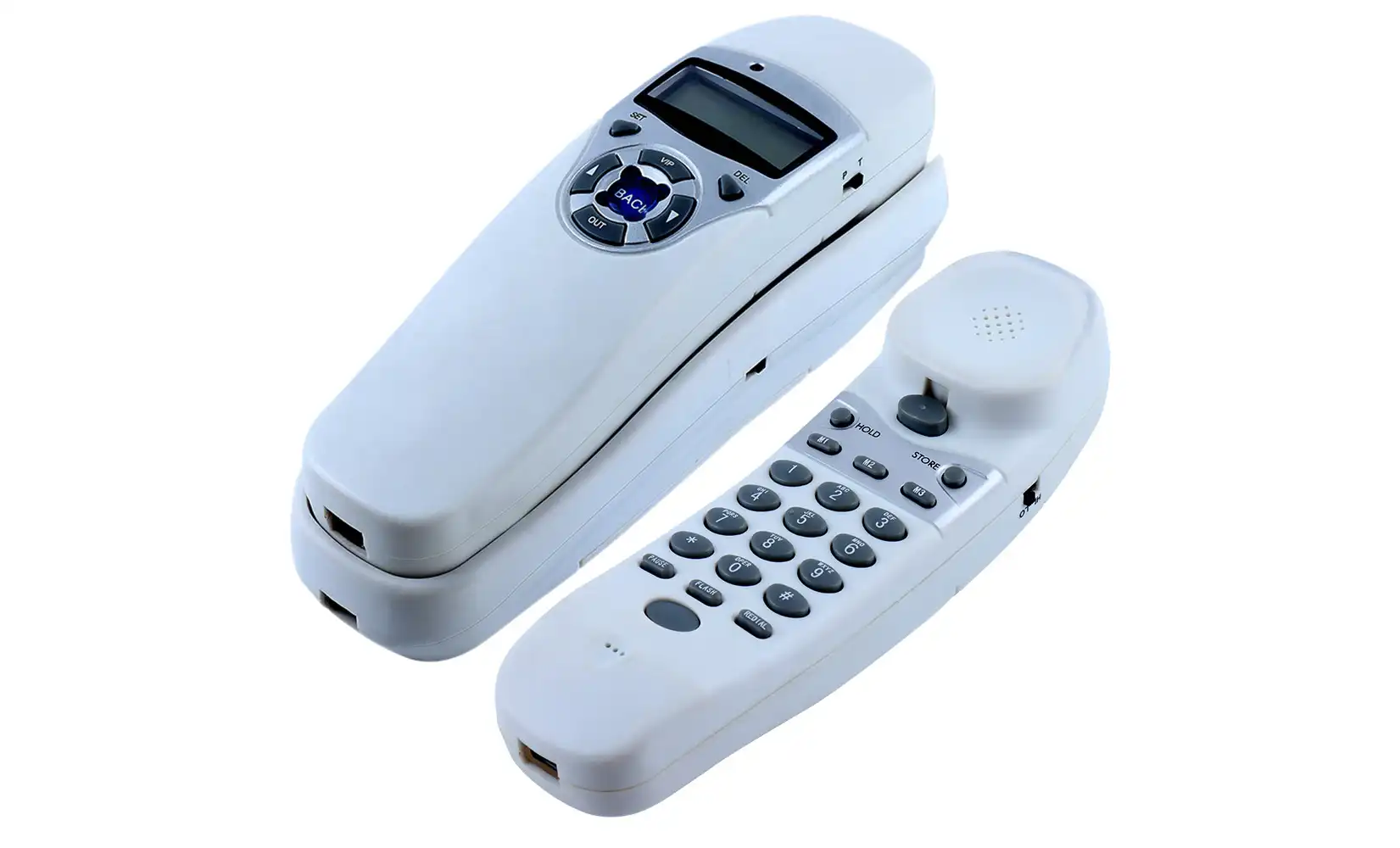
Efficiency is paramount in business communications. Wall mount telephones with programmable buttons allow users to customize their devices for quick access to frequently used functions or contacts. Look for models that offer one-touch dialing, programmable soft keys, and dedicated buttons for common features like transfer, hold, and conference calls. These features can significantly reduce the time spent navigating menus and dialing numbers, streamlining communication processes.
Advanced Functionality for Enhanced Office Communication
As technology continues to advance, wall mount telephones are incorporating more sophisticated features to meet the evolving needs of modern offices. These advanced functionalities can greatly improve communication efficiency and user experience.
Multi-Line Capabilities
For businesses that handle high call volumes or require separate lines for different departments, multi-line wall mount telephones are invaluable. These devices can manage multiple phone lines simultaneously, allowing users to switch between calls, place calls on hold, and transfer them seamlessly. Look for models that support at least three to four lines, with easy-to-use line selection buttons and clear visual indicators for each line's status.
Large, User-Friendly Displays
A clear, easily readable display is essential for efficient use of wall mount telephones. Modern models often feature large, high-contrast LCD screens that provide important information at a glance. These displays can show caller ID, call duration, missed calls, and even email notifications in more advanced IP-based systems. Some wall mount telephones also offer color displays with intuitive menu systems, making it easier for users to navigate settings and access advanced features.
Integration with VoIP and Unified Communications
As businesses increasingly adopt Voice over Internet Protocol (VoIP) and unified communications systems, it's crucial to choose wall mount telephones that are compatible with these technologies. Look for IP-enabled wall mount telephones that can seamlessly integrate with your existing network infrastructure. These devices often offer advanced features such as visual voicemail, presence information, and integration with company directories, enhancing overall communication efficiency.
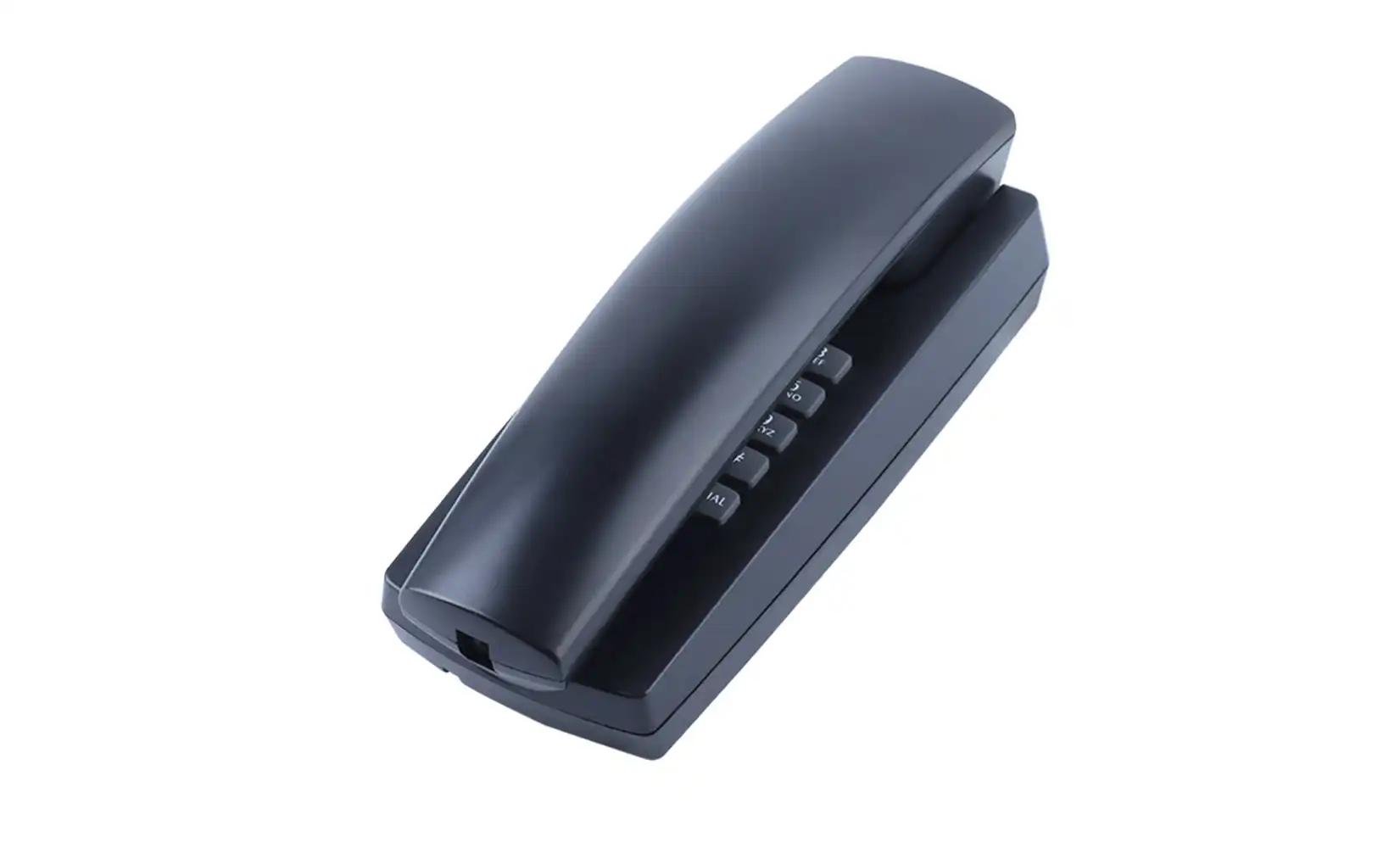 Ergonomics and User-Centric Design in Wall Mount Telephones
Ergonomics and User-Centric Design in Wall Mount Telephones
The design of wall mount telephones plays a significant role in user comfort and overall satisfaction. Ergonomic considerations are particularly important for devices that are used frequently throughout the day.
Adjustable Viewing Angles
Wall mount telephones with adjustable viewing angles allow users to position the display and keypad for optimal visibility and comfort. This feature is especially useful in offices with varying wall heights or lighting conditions. Look for models that offer smooth, stable adjustment mechanisms that can withstand frequent repositioning without wear.
Comfortable Handsets and Speakerphone Options
The ergonomics of the handset are crucial for user comfort during extended calls. Opt for wall mount telephones with lightweight, contoured handsets that fit comfortably against the ear and mouth. Additionally, a high-quality speakerphone function is essential for hands-free operation and conference calls. Look for models with full-duplex speakerphones that allow natural, two-way conversations without clipping or echo.
Accessibility Features
To ensure that wall mount telephones are usable by all employees, consider models with built-in accessibility features. These may include hearing aid compatibility, large backlit buttons for easy visibility, and programmable audio settings for users with hearing impairments. Some advanced models also offer compatibility with external assistive devices, further enhancing their usability for individuals with diverse needs.
Conclusion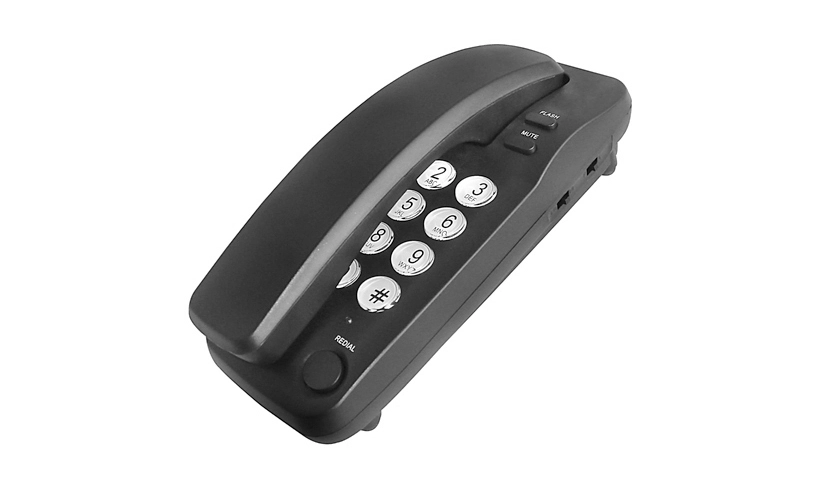
Selecting the right wall mount telephone for your office requires careful consideration of various features and functionalities. By prioritizing clear audio quality, durability, programmable buttons, and advanced capabilities like multi-line support and VoIP integration, you can ensure that your office communication system remains efficient and future-proof. Remember to also consider ergonomic design and accessibility features to promote user comfort and inclusivity. With the right wall mount telephones in place, your office can enjoy seamless, professional communication that enhances productivity and collaboration.
FAQ
How do I choose the right wall mount telephone for my office?
Consider factors such as audio quality, durability, programmable features, multi-line capabilities, and compatibility with your existing phone system. Also, think about ergonomic design and accessibility features to ensure comfort for all users.
Are wall mount telephones compatible with VoIP systems?
Many modern wall mount telephones are designed to work with VoIP systems. Look for IP-enabled models that can integrate with your network infrastructure and offer advanced features like visual voicemail and presence information.
What accessibility features should I look for in a wall mount telephone?
Consider features such as hearing aid compatibility, large backlit buttons, adjustable audio settings, and compatibility with external assistive devices to ensure the telephone is usable by all employees.
Experience Premium Wall Mount Telephones | CHEETA
At CHEETA, we specialize in manufacturing high-quality wall mount telephones that meet the diverse needs of modern offices. With 18+ years of OEM/ODM experience, our factory produces 1,000 analog units daily, ensuring fast delivery and customization options. Our wall mount telephones are CE and RoHS compliant, undergoing rigorous quality control to maintain a failure rate below 1%. As a leading wall mount telephone manufacturer and factory, we combine cutting-edge engineering with responsive customer service to deliver products that exceed expectations. Experience the CHEETA difference in office communication solutions. Contact us at allen@cheeta.com.cn to explore our range of wall mount telephones tailored for your business needs.

References
1. Smith, J. (2023). "The Evolution of Office Telephony: From Analog to IP". Business Communications Quarterly, 45(2), 78-92.
2. Johnson, A. & Lee, S. (2022). "Ergonomic Considerations in Office Telephone Design". Journal of Workplace Ergonomics, 17(3), 201-215.
3. Patel, R. (2023). "VoIP Integration in Modern Office Phone Systems". Network Technology Review, 31(4), 112-126.
4. Brown, M. et al. (2022). "Accessibility Features in Business Communication Devices". Assistive Technology in the Workplace, 9(1), 45-60.
5. Thompson, L. (2023). "The Impact of Audio Quality on Business Communication Efficiency". International Journal of Business Communications, 28(2), 167-183.
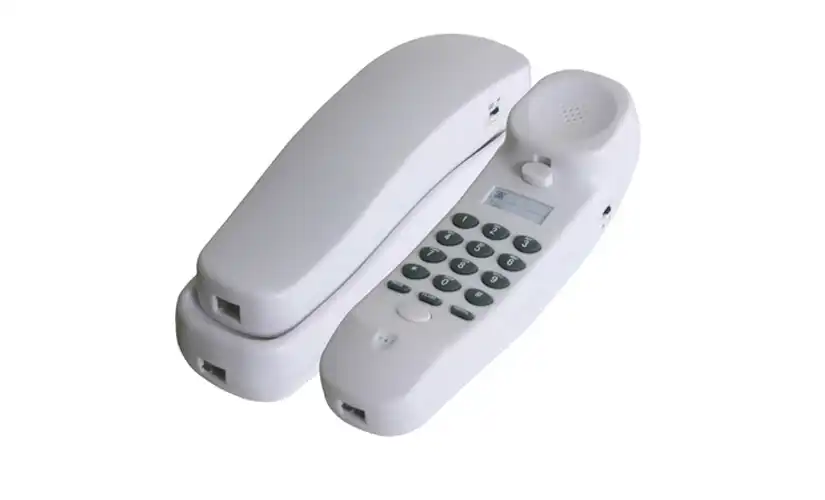 Office
Office 

